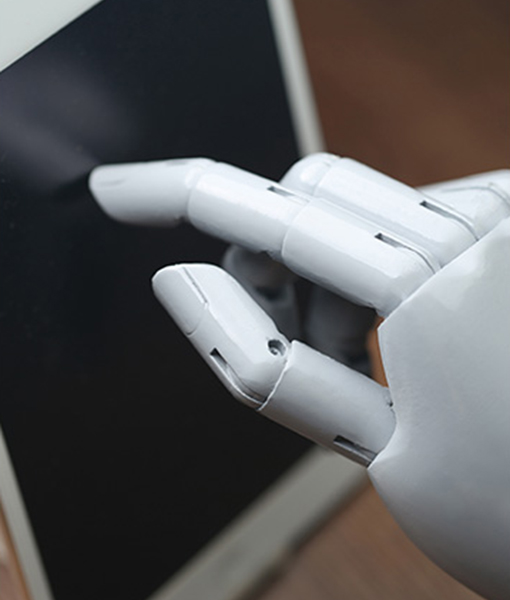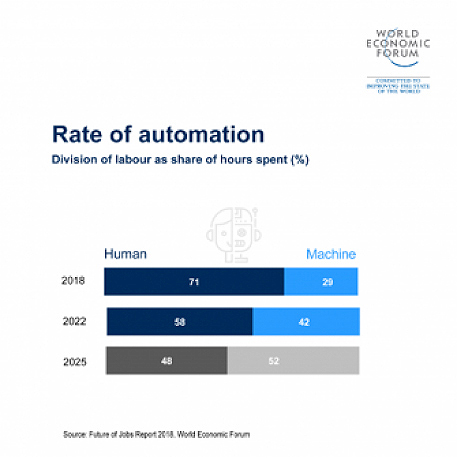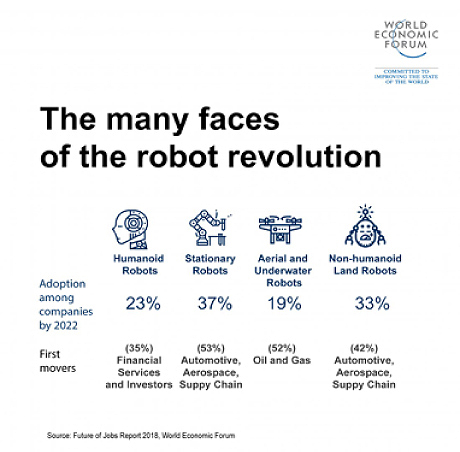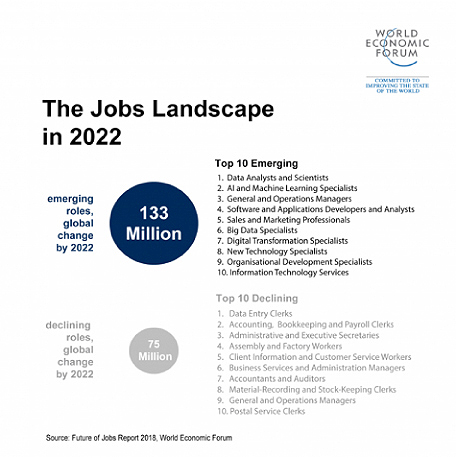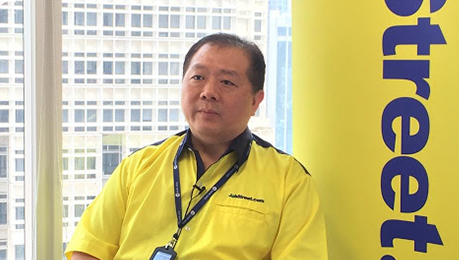"A technology-related workforce is still in great demand in Malaysia." - Mr. Gan Bock Herm
After taking an in-depth and global perspective on the employment trend, how do we see Malaysia adapting to this environment? According to Mr.Gan Bock Herm, Regional Manager of recruitment website Jobstreet.com, the environment is continuously changing with the development of technology. Malaysians tend to have a shifting perception for the definition of "career" as more new jobs are created.
According to Mr.Gan, there is an increasing workforce demand for some technology-related fields in Malaysia. He further explains that technology is yet to be the biggest driver of social and economic progress, especially in Malaysia which is still progressing towards high-tech development. In response to the fourth industrial revolution, many organisations begin revolutionising their products and services to align with technological advancement in order to gain a strong competitive advantage. Apart from requiring employees to adapt faster to the changing environment, staff also need to be creative and have the ability to help employers by thinking out of the box. This has created a demand in the job market for creative thinking employees, with the ability to analyse and provide strategic advice to companies. An excellent example is that of data analysts developing apps according to the suggestions and preferences of the customers (UX Developer).
Looking ahead at the work environment in the coming years, Mr.Gan does not recommend that people take up traditional jobs, especially those which involve menial tasks that can be automated, as machines are more accurate than human hands. He mentioned manufacturing and assembly-line employees as examples, where humans are challenged to work harder and faster than machines. All is not lost for these employees and instead of switching jobs, they can seek other ways to overcome this issue. He suggested that employees could learn how to manage machines or discern the source of production line problems and provide solutions to these problems faced.
In today’s world, the perception of a career is no longer what it used to be, like when the older generation focused on job titles, for example the dream of becoming a lawyer or a doctor. Parents from Generation X and Y, together with the younger Generation Z, focus more on career content and whether they can excel in their chosen path. Therefore today’s generation is more open to new career opportunities out there.
Mr. Gan added that while fresh graduates may search for direction, they are tech-savvy and their parents play a part in preparing them for future technology trends. As a father of two, he said that apart from keeping an open mind on career prospects, parents should also cultivate this same objective mindset in their children to be open to new jobs of the future. They can expose their children to new emerging technologies and encourage them to take up subjects such as science, technology, engineering and mathematics.
Apart from getting a certificate, people should focus on developing their soft skills such as teamwork, adaptability and the ability to think outside the box, as these will be in great demand in the future. He stressed that no matter how advanced technology becomes, the human brain will always be the best "machine". Some elements embedded inside a human mind are still needed to make important decisions, and there is no way that machines can replace humans. These elements are the soft skills that are gradually being incorporated into the subjects of colleges and universities. Therefore guiding your child in choosing a good college or university for an undergraduate degree is also an important aspect for their future.
To view this article in Mandarin, please click
here.
To view a video about Future Jobs, please click
here.
